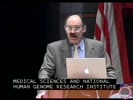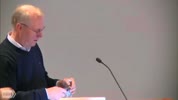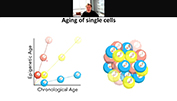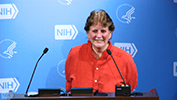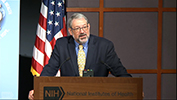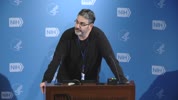Throwing Transcription for a Loop: The Role of Chromatin Insulators in the 3D NucleusLoading... Loading video... 453 Views
Related Videos... |
VideoCast Downloader
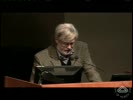
Throwing Transcription for a Loop: The Role of Chromatin Insulators in the 3D Nucleus
Download VideoCast
You can download this VideoCast and play it on your device. There are multiple sizes available for you to choose from.
Download caption text
You can download caption text of the VideoCast.
